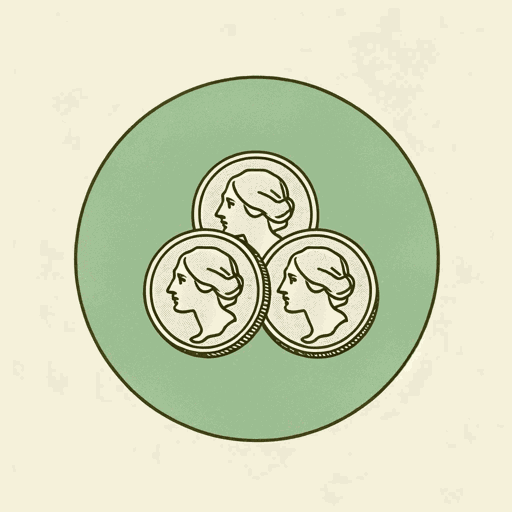51 pages • 1 hour read
Virginia WoolfTo the Lighthouse
Fiction | Novel | Adult | Published in 1927A modern alternative to SparkNotes and CliffsNotes, SuperSummary offers high-quality Study Guides with detailed chapter summaries and analysis of major themes, characters, and more.
Themes
Impermanence and the Uncertainty of Life
The interior monologues that make up the bulk of the novel emphasize the changeability of an individual’s thoughts and emotions. This impermanence that characterizes the inner workings of the human psyche emphasize that life itself is impermanent and uncertain. Various symbols in the novel, like the sea and the boar’s skull in the children’s room, also draw attention to this theme, as well as all the foreboding events in the novel that remind the reader that death can interrupt life at any point.
For example, Mrs. Ramsay’s feelings towards her husband are highly changeable; at one moment, she adores his genius, only to feel impatient with his frustrated ambition a few moments later. Tansley’s changing emotions are influenced by his lower middle-class upbringing as the son of a chemist and shopkeeper; at any moment, he may undergo an invisible change as a result of being reminded of where he comes from. Lily’s reflections on art and ambition demonstrate that her self-doubt is always at war with her impulse to paint and to create something she likes; her changed attitude towards Tansley reflects her sensitivity. Mr. Ramsay’s irrational fury at Augustus Carmichael’s request for another bowl of soup at the dinner party captures his emotional volatility, which coexists with his exceptionally rational approach to metaphysical philosophy and his interactions with his children.
Related Titles
By Virginia Woolf

A Haunted House and Other Short Stories
Virginia Woolf

A Room of One's Own
Virginia Woolf

Between The Acts
Virginia Woolf

How Should One Read a Book?
Virginia Woolf

Jacob's Room
Virginia Woolf

Kew Gardens
Virginia Woolf

Modern Fiction
Virginia Woolf

Moments of Being
Virginia Woolf

Mr. Bennett and Mrs. Brown
Virginia Woolf

Mrs. Dalloway
Virginia Woolf

Orlando
Virginia Woolf

The Death of the Moth
Virginia Woolf

The Duchess and the Jeweller
Virginia Woolf

The Lady in the Looking Glass
Virginia Woolf

The Mark on the Wall
Virginia Woolf

The New Dress
Virginia Woolf

The Voyage Out
Virginia Woolf

The Waves
Virginia Woolf

Three Guineas
Virginia Woolf

